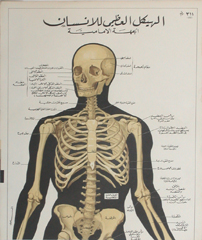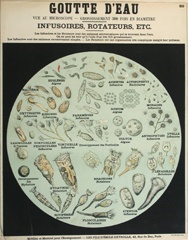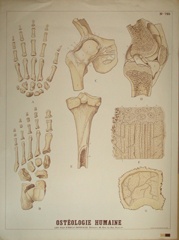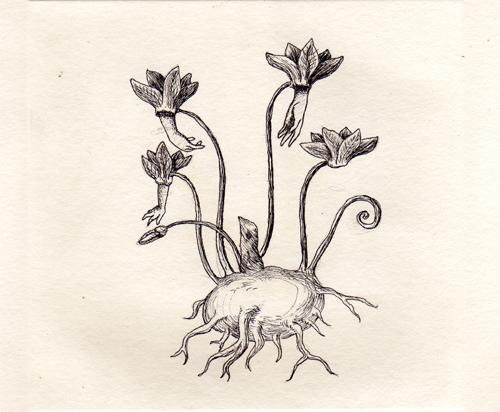
Purkinje Cells
Ludovic Collins, confocal micrograph
Wellcome Biomedical Image Awards 2006
After they get over the thrill of cutting it up, my students occasionally complain that brain tissue looks boring (somewhat like pinkish white cheese). Perhaps because the brain is so complex and beautiful in function, they expect its structure to match. And although the brain’s structure is both complex and beautiful, that’s hard to prove in an anatomy lab, because CNS neurons are small, and most have a relatively generic morphology under the light microscope.
The bipolar Purkinje cells of the cerebellar cortex are my ace in the hole for brain histology labs. They’re huge (for neurons), readily identifiable, and the copious, densely packed array of dendrites (signal-receiving processes) are clearly distinct from the single, slender axon. A single Purkinje cell receives information from hundreds of thousands of synaptic inputs.





